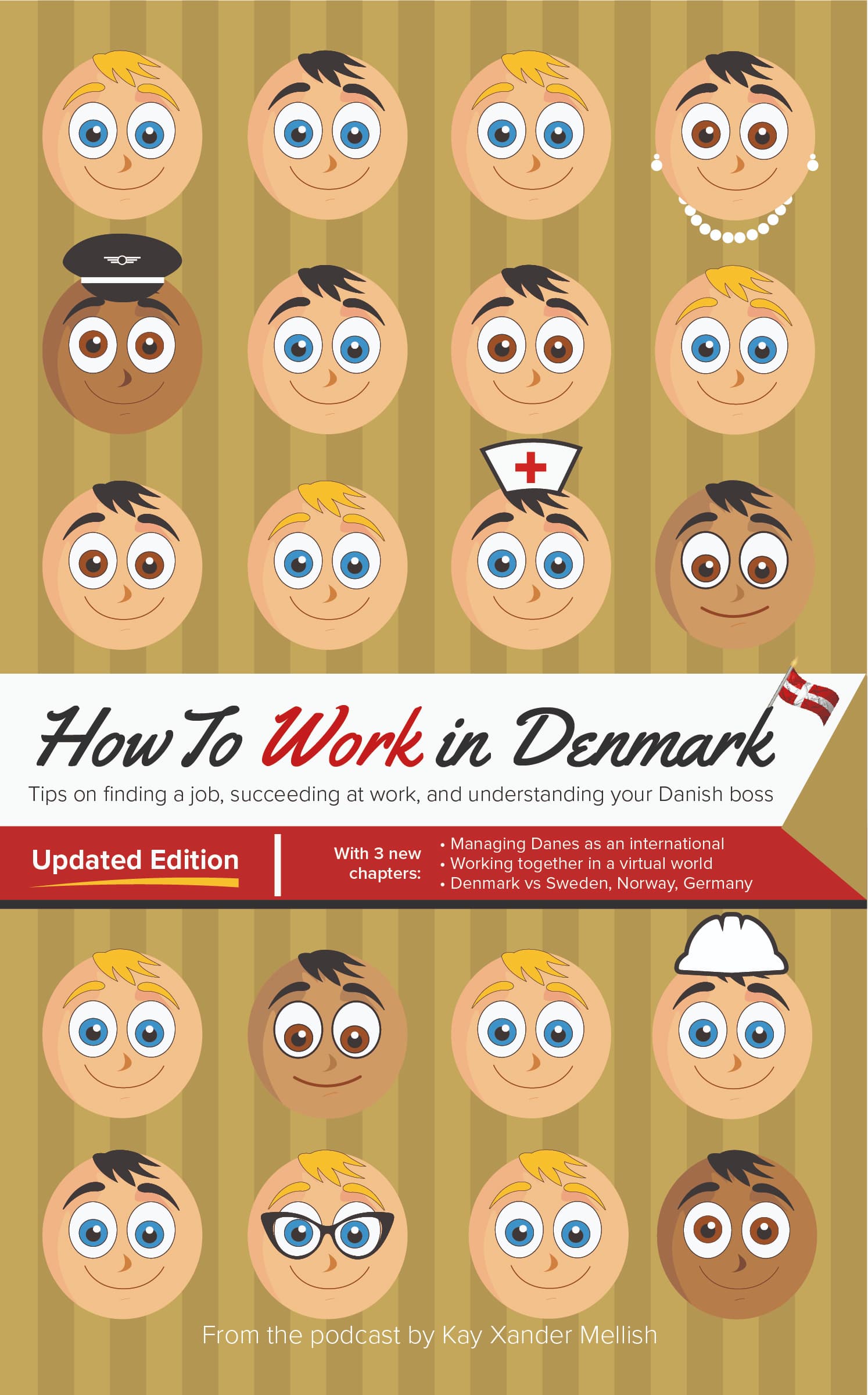The flat hierarchy in Denmark – why it isn’t always a good thing
If you ask the Danes what they like about their business culture, they’re sure to mention the flat hierarchy.
What they mean is that a management pyramid that might have ten or more layers in a hierarchical country like Japan has only two or three layers in Denmark.
The flat hierarchy is a virtue born of necessity: salaries are high in Denmark, so middle managers are expensive.
And because Danes aren’t supervised or monitored as much as many employees elsewhere, middle management isn’t as necessary.
Working within the flat hierarchy
Many talented specialists enjoy the freedom presented by the flat hierarchy. Generally, they are given a task, a timeline, and a budget, and then set free to achieve the stated goals.
Bosses generally don’t micromanage, leaving the specialist to simply get on with it.
For people who are independent and responsible, this can be a great setup. Employees who need more support and guidance may feel a bit lost, however.
An acquaintance of mine, newly-hired, recently asked her boss for advice on how to solve a business problem in her department.
“Why are you asking me?” the boss replied. “That’s your area.”
Fewer opportunities for advancement in a flat hierarchy
With so few layers, the opportunities for promotion and a better title are slim, which can be kind of a drag if you’re the sort of person who is motivated by advancement.
Danes don’t care much about titles – they think they’re pretentious – and won’t be impressed if you care too much about yours.
In fact, to admit that there’s any hierarchy at all is somewhat embarrassing to the anti-authoritarian Danes.
This is why top managers will go out of their way to show they are just ordinary guys and gals, carefully putting their coffee cup in the dishwasher after the team breakfast.
And when it’s time for yet another company boozefest, the big boss is expected to drink and dance right alongside everyone else.
The flat hierarchy and loneliness
One aspect of the flat hierarchy that isn’t always discussed is that it can lead to silo thinking and loneliness.
The hierarchy is so pared-down that each employee is doing something different, and nobody really knows what anyone else is doing.
The managers supervising them are so busy themselves that they don’t have time to monitor everything their team is up to.
And so the silo’ed employee works on, unsure if what she is doing is really vital to the company’s mission or if it is just pseudo work, the topic of a wildly popular book about Danish office life.
Danish workplace culture
If you’d like to learn more about Danish working culture, consider Kay Xander Mellish’s books on Denmark.
Kay’s book How to Work in Denmark is an easy guide to the basics of Danish workplace culture.
And her flip book Working with Danes: Tips for Americans and Working with Americans: Tips for Danes provides a useful guide for companies working across these two cultures.
All of Kay’s books are available in audio format from Audible, Storytel, and Nextory.
You can also book Kay for a presentation to your group or organization about Danish working culture. Both virtual and in-person presentations can be booked via Kay’s events page.












